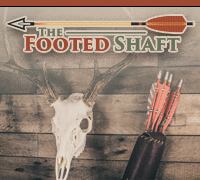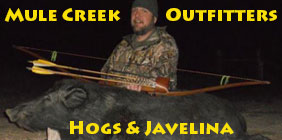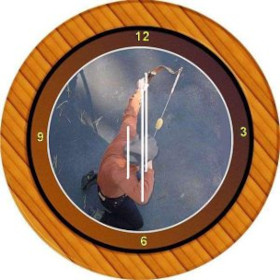Mechanical Advantage is not some new convoluted idea generated for the more modern traditional archer. MA has been used in numerous common applications likely surfacing not long after the appearance of man.
The subject of this thread as previously posted is specifically not intended to serve as a catalyst to raise the defenses of individuals preferred head. The subject of discussion is to specifically target MA calculations. Individual confidence should always remain a primary objective in an individual’s choice.
Mechanical Advantage
Dr Ed Ashby explains Mechanical Advantage of a broadhead this way:
“ The mechanical advantage of an inclined plane is equal to the length of the plane divided by the height of the plane. A single blade broadhead, with a straight taper, 1" wide by 3" long can be viewed as 2 inclined planes, each of which has a mechanical advantage of 6.0 (3" divided by 1/2"). The mechanical advantage of the two planes combined would be 3.0 because the height would be doubled while the length remains the same. What this means is that with an exerted force (effort) of 1 pound, a weight of 3 pounds can be lifted from the tip of the broadhead to the back edge of the broadhead. “
The higher the MA of a broadhead the more efficient it is in penetrating animal tissue and bone. The simple explanation for this is that a high MA broadhead generally has long cutting blades or surfaces which aid in cutting through soft and hard tissue. The width of the broadhead also contributes to penetration. Narrow broadheads show less resistance in bone increasing their penetration ability. The number of blades the broadhead has will have a big effect on MA .As the number of blades increase from two to three and four the MA is reduced significantly. This become more oblivious as one studies the simple formula for determining MA of a straight tapered broadhead. Substituting different measurements into the formula one can see how the length, width and number of blades of a broadhead affect the MA
To determine the mechanical advantage of any broadhead with a straight taper to the cutting edge, divide the horizontal length of the cutting blade by the width of the broadhead divided by 2 and multiplied by the number of blades. In an equation this would be expressed as:
M.A. = (Length of cutting blade) divided by (1/2 width of head) X (number of blades)
Using the TuffHead™ as an example- divide the cutting blade length (3.1875) by 1/2 of the overall width (which is 1.0625/2 or .53)then divide the result by the number of blades (which is 2 on the TuffHead) resulting in a (MA) mechanical advantage of 3.01
Hypothetically If the TuffHead had:
3 blades the MA = 2.00
4 blades the Ma = 1.50
It becomes obvious playing with the formula that by decreasing a broadhead’s length or increasing its’ width reduces its' MA. It is really obvious the more blades the broadhead has the less efficient it becomes.
Stated another way by Ed Ashby:
“The mechanical advantage equation dictates that the greater the length of a broadhead relative to the width, and the fewer the number of blades, the more efficiently it will be able to utilize the force applied to it.”
Click on ‘X’ for example















